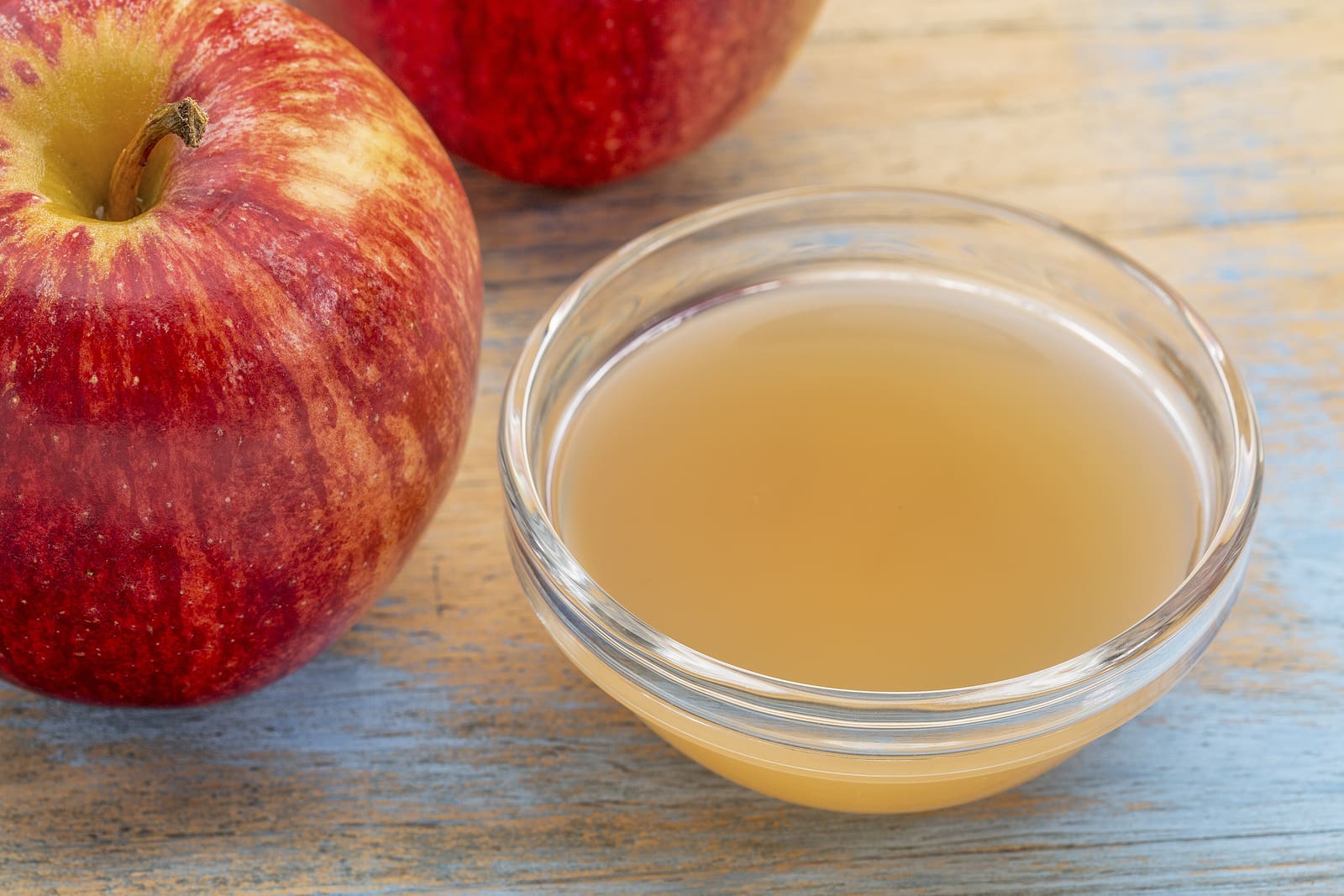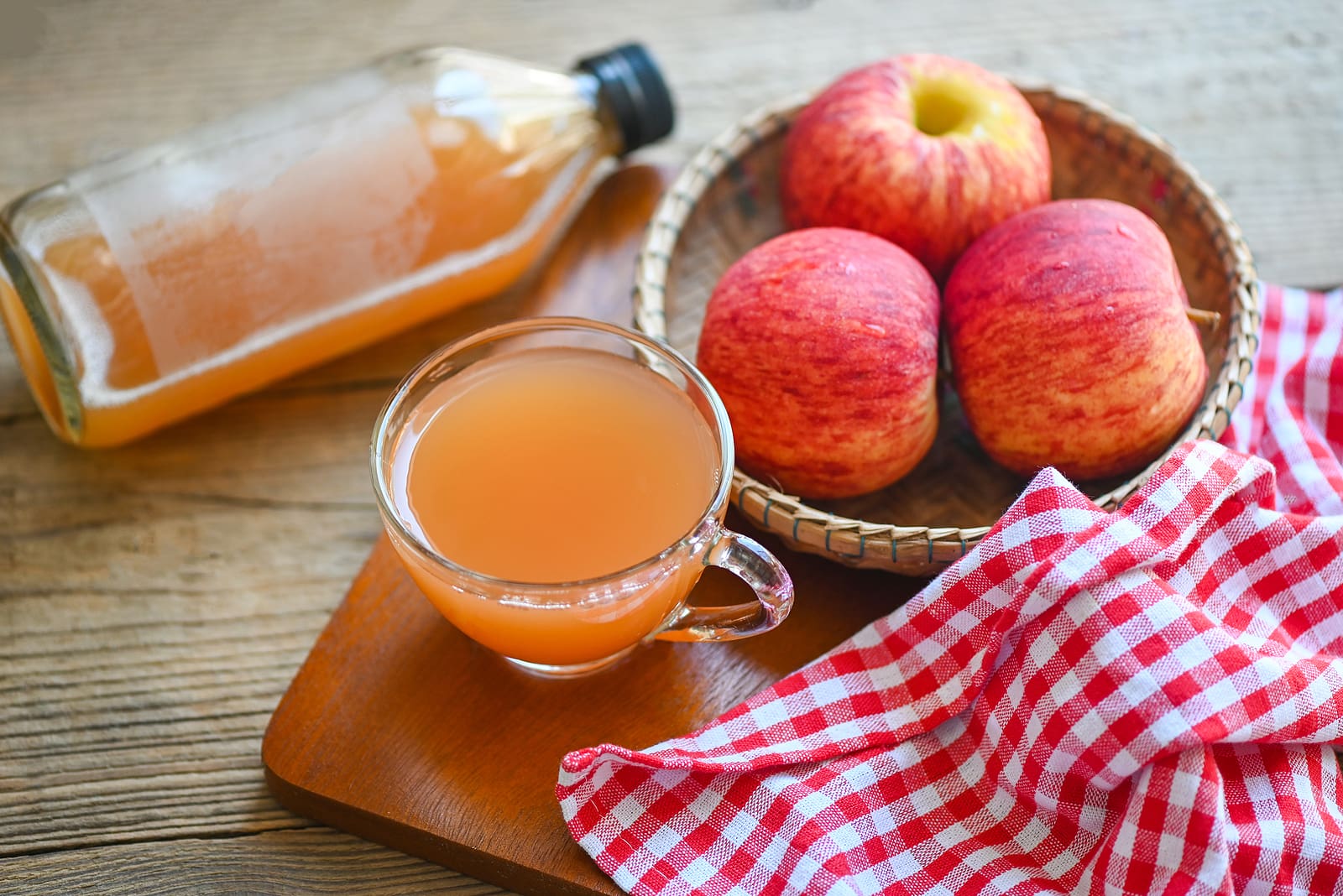How to Make Apple Cider Vinegar at Home: A Step-By-Step Guide for Natural Wellness
(STL.News) As more Americans turn to natural remedies and simple, traditional wellness practices, apple cider vinegar has emerged as one of the most popular and versatile home products. Affordable, easy to make, and deeply rooted in centuries of traditional use, apple cider vinegar—commonly known as ACV—continues to attract interest from individuals seeking natural ways to support digestion, improve skin and hair health, freshen their homes, and enhance their daily wellness routines.
While store-bought varieties are widely available, many people are rediscovering the benefits of making their own ACV at home. Homemade apple cider vinegar is unprocessed, additive-free, and rich in natural enzymes and beneficial compounds formed during fermentation. This growing trend reflects the broader movement toward do-it-yourself health products and sustainable living, in which consumers take an active role in crafting the natural products they use every day.
This STL.News report explores how to safely and effectively make apple cider vinegar at home, outlines the required supplies, and explains how it can be used for general wellness. Although homemade ACV is not intended as a medical treatment, it remains an easy, respected, and time-tested natural product that many households rely on.
The Rising Popularity of Homemade Apple Cider Vinegar
In recent years, interest in natural, non-pharmaceutical wellness alternatives has surged. Consumers are increasingly skeptical of overly processed supplements and chemical-based products. Instead, many are turning to homemade, plant-based solutions that align with cleaner living and more traditional lifestyles.
Apple cider vinegar fits perfectly into this shift. It requires minimal ingredients—apples, water, and sugar—and can be crafted in any kitchen with basic equipment. The fermentation process produces acetic acid, enzymes, and the cloudy substance known as “the mother,” a natural collection of beneficial bacteria and proteins often associated with unfiltered ACV.
For residents in St. Louis and across the country, homemade ACV offers an accessible entry point into simple home fermentation. This practice is increasingly popular among people who value freshness, purity, and understanding exactly what goes into the products they consume or apply.
What Makes Apple Cider Vinegar Valuable for Home Wellness Use
Although ACV is not a medical product and should never be treated as a cure or treatment, it is recognized for a variety of practical, everyday wellness uses.
People commonly use apple cider vinegar to:
- Support digestion when diluted in water before meals
- Freshen and clean household surfaces
- Serve as a diluted toner for skin
- Act as a natural hair rinse
- Provide a diluted gargle for throat comfort
- Add acidity and flavor to cooking or salad dressings
Its versatility, natural acidity, and traditional roots make it a staple in many homes committed to natural wellness practices.
For individuals interested in crafting their own supply, the process is simple, inexpensive, and produces a high-quality product tailored to personal preferences.
Ingredients and Supplies Needed for Homemade ACV
Making apple cider vinegar at home does not require specialized equipment, making it accessible even to beginners. Almost all necessary items are found in a typical kitchen.
Ingredients
You can choose to make ACV with whole apples or with apple scraps leftover from cooking.
Option 1: Whole Apples
- 6–8 organic apples
- 2 tablespoons cane sugar or white sugar
- Filtered water
Option 2: Apple Scraps
- Peels and cores from 6–10 apples
- 2 tablespoons sugar
- Filtered water
Sugar fuels the fermentation process; it does not remain in the finished vinegar, as it is consumed by natural yeast.
Supplies
- A large glass jar (½ gallon or 1 gallon)
- Cheesecloth or clean cotton cloth
- Rubber band
- Fine strainer
- Dark pantry or cabinet
- Optional: fermentation weights to keep apple pieces submerged
It’s important to note that vinegar should never be fermented or stored in metal containers, as the acid can react with metal and contaminate the product. Glass is the gold standard.
Step-By-Step Instructions: How to Make Apple Cider Vinegar at Home
The process of making ACV requires two fermentation stages. The first produces alcohol from apples; the second converts that alcohol into vinegar. Although it takes several weeks from start to finish, the hands-on work is minimal and straightforward.
Step 1 — Prepare the Apples
Begin by washing apples thoroughly to remove dirt or residue.
If using whole apples:
- Chop them into small pieces.
- Fill the jar about three-quarters full with the chopped apples.
If using scraps:
- Collect peels and cores left over from cooking or baking.
- Add scraps to fill about three-quarters of the jar.
Keeping room in the jar is essential because additional water will be added.
Step 2 — Add Sugar and Water
Dissolve two tablespoons of sugar into one cup of warm water.
Pour this mixture into the jar.
Then fill the jar to the top with filtered, room-temperature water, ensuring the apples are fully submerged.
Exposure to air can cause mold, so the apple pieces must remain below the waterline. Fermentation weights, clean stones, or even a small glass placed inside the jar can help keep the apples submerged.
Step 3 — Cover the Jar
Secure a piece of cheesecloth or a breathable cotton cloth over the jar using a rubber band. The mixture needs airflow for fermentation, so a solid lid should not be used.
This breathable covering prevents contaminants or fruit flies from entering while still allowing natural fermentation gases to escape.
Step 4 — First Fermentation (1–2 Weeks) Place the jar in a dark, room-temperature location, such as a pantry or cabinet.
Over the next 7–14 days:
- Stir the mixture once daily
- Ensure apples remain submerged
- Watch for bubbles forming in the liquid
The appearance of small bubbles is a typical sign that yeasts are converting sugars into alcohol, creating what is essentially the first stage of apple wine.
As the days pass, the smell may become slightly yeasty or cider-like, indicating healthy fermentation.
Step 5 — Strain the Liquid
After 1 to 2 weeks, strain the apple pieces through a fine strainer.
They have completed their role in the process and can be discarded or composted.
Transfer the strained liquid into a clean glass jar.
The next stage—converting alcohol into vinegar—takes place without the solid fruit present.
Step 6 — Second Fermentation (3–6 Weeks)
Cover the jar again with a breathable cloth and return it to its dark resting place.
During this period:
- The liquid naturally transforms into vinegar
- A cloudy substance known as the mother may appear
- The aroma becomes more acidic over time
This fermentation stage requires patience. The transformation is gradual, but after several weeks, the liquid deepens in flavor and acidity.
Many home vinegar makers taste the mixture weekly to monitor its progress. The longer it sits, the stronger it becomes.
Once it reaches the desired acidity and flavor, the ACV is ready.
Signs Your Apple Cider Vinegar Is Ready
Homemade vinegar typically shows several indicators of completion:
- A distinct acidic scent, similar to store-bought vinegar
- A sour, tangy flavor
- No remaining sweetness
- A slightly cloudy appearance
- The presence of mother strands, which are harmless and beneficial
At this stage, the vinegar can be filtered to remove the mother or left unfiltered for a more traditional product.
Most homemade ACV will last indefinitely thanks to its natural acidity.
How to Store Homemade Apple Cider Vinegar
After brewing, ACV should be transferred to glass bottles—ideally with plastic, rubber, or cork tops.
Storage guidelines include:
- Keep it at room temperature
- Avoid direct sunlight
- Keep the container sealed when not in use
Vinegar does not spoil due to its acidity, although flavors may continue to develop subtly over time.
How to Use Homemade ACV for Wellness Purposes
Homemade apple cider vinegar can be used in many of the same ways as commercial varieties. While it should never be consumed undiluted, its versatility makes it a reliable addition to home wellness routines.
1. Digestive Support
A standard home practice is mixing:
- 1–2 teaspoons of ACV
- Into a large glass of water
Some people drink this mixture before meals to support digestion or balance stomach acidity.
2. Natural Hair Rinse
Diluted vinegar can help remove shampoo buildup and add shine.
The standard mixture is:
- 1 part ACV
- 10 parts water
Pour over hair after shampooing, leave for one minute, and rinse.
3. Skin Toner
Because vinegar is naturally acidic, it may help balance the skin’s pH when diluted.
A typical dilution is:
- 1 part ACV
- 10–15 parts water
It should never be applied full-strength to skin.
4. Homemade Cleaning Spray
Apple cider vinegar is a natural deodorizer and cleaner.
Mix:
Optional: add lemon peel for fragrance.
This mixture works well for countertops, glass, and general household freshening.
5. Sore Throat Gargle
Some individuals choose to gargle with diluted ACV to help soothe throat discomfort.
A safe mixture is:
- 1 teaspoon ACV
- 1 cup warm water
This should be gargled and spit out—not swallowed.
Safety Considerations When Making and Using ACV
Although ACV is natural, it’s still acidic and must be used responsibly.
Safety reminders include:
- Never drink undiluted ACV
- Always rinse your mouth after drinking it to protect tooth enamel
- Avoid use if you experience burning, irritation, or digestive discomfort
- People with ulcers or acid reflux should use caution
- ACV may interact with certain medications
- If mold appears during fermentation, discard the entire batch
These precautions ensure that homemade ACV remains a safe addition to daily routines.
A Simple, Traditional Remedy That Continues to Inspire
Apple cider vinegar continues to stand out as one of the most enduring natural wellness ingredients, valued for its simplicity, affordability, and wide range of practical uses. Making it at home allows individuals to create a fresh, unfiltered version that aligns with their personal preferences and wellness goals.
For many in St. Louis and across the country, mastering homemade apple cider vinegar is more than just a kitchen project—it is a step toward sustainable living, natural health practices, and reconnecting with traditional methods that generations have relied on.
Disclaimer
This article is intended for general informational purposes only. Homemade apple cider vinegar is not a medical treatment, and individuals with health conditions should consult a licensed professional before using ACV in any health-related manner.
© 2025 STL.News/St. Louis Media, LLC. All Rights Reserved. Content may not be republished or redistributed without express written approval. Portions or all of our content may have been created with the assistance of AI technologies, like Gemini or ChatGPT, and are reviewed by our human editorial team. For the latest news, head to STL.News.
Read More at www.stl.news





















